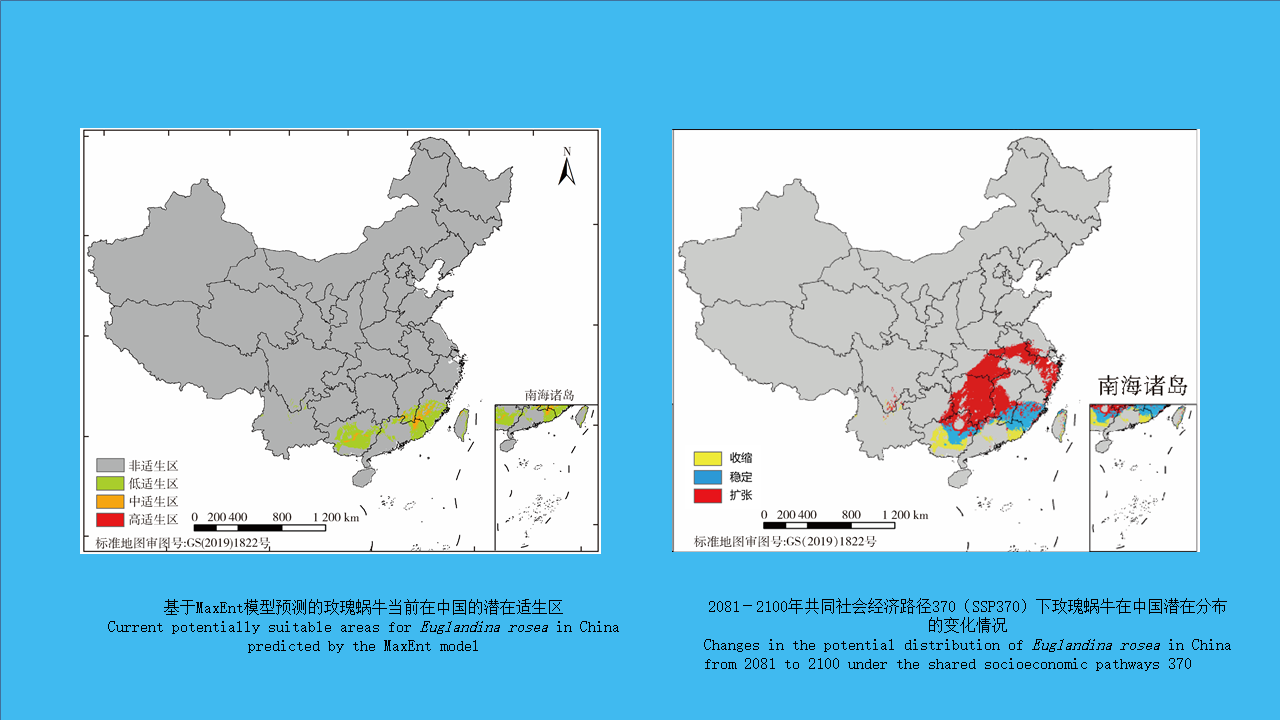 PDF(2008 KB)
PDF(2008 KB)


基于优化MaxEnt模型预测玫瑰蜗牛(Euglandina rosea)在中国的潜在分布区
殷颖璇, 徐安远, 潘筱雯, 何晴, 吴银娟, 李学荣
中国媒介生物学及控制杂志 ›› 2023, Vol. 34 ›› Issue (2) : 137-144.
 PDF(2008 KB)
PDF(2008 KB)
 PDF(2008 KB)
PDF(2008 KB)
基于优化MaxEnt模型预测玫瑰蜗牛(Euglandina rosea)在中国的潜在分布区
 ({{custom_author.role_cn}}), {{javascript:window.custom_author_cn_index++;}}
({{custom_author.role_cn}}), {{javascript:window.custom_author_cn_index++;}}Predicting the potential distribution of Euglandina rosea in China using an optimized MaxEnt model
 ({{custom_author.role_en}}), {{javascript:window.custom_author_en_index++;}}
({{custom_author.role_en}}), {{javascript:window.custom_author_en_index++;}}
| {{custom_ref.label}} |
{{custom_citation.content}}
{{custom_citation.annotation}}
|
/
| 〈 |
|
〉 |